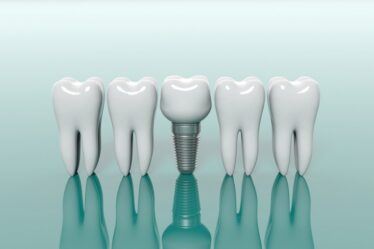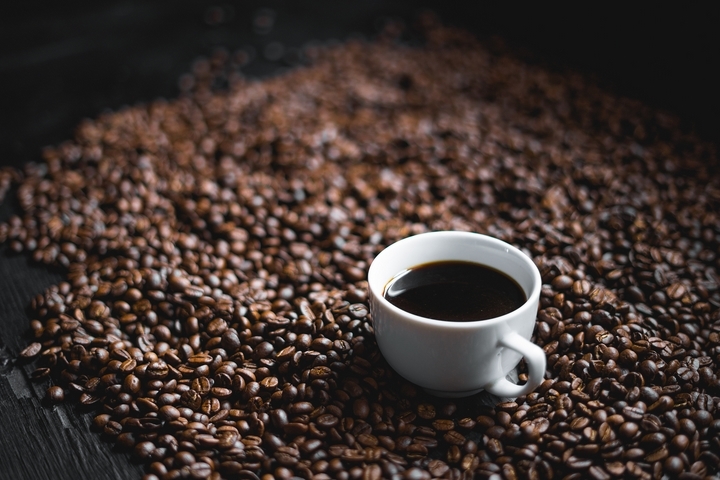
Your favourite cup of coffee is more than just another beverage. Before it reaches your taste buds, it’s gone through several processes and roasting stages to ensure it tastes exactly how you like it. Coffee roasting techniques depend on the type of coffee on the table, and there are three types: dark, medium, and light roasts.
- Light roast coffee is heated for a limited time until the beans turn beige. This type of coffee is the strongest since it’s roasted for a short time, meaning less caffeine is lost during the heating.
- Medium roast involves coffee beans that are heated for slightly longer than light roast. This is the perfect compromise between a flavourful, albeit not too strong, roast with just the right amount of caffeine. It is the most popular type of coffee roast in North America.
- Dark roast is the boldest and strongest of all the coffees. It has a bitter flavour and is starkly darker than the others.
Now that we have identified the different types of roast, let’s explain the various techniques of roasting them. Here are seven delicious coffee roasting techniques and procedures:
Technique #1: Fluid Bed Roasting
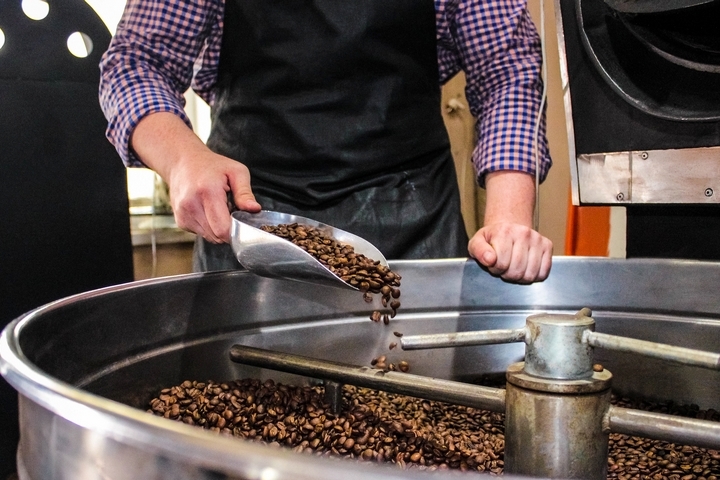
This coffee roasting technique is quite popular with coffee connoisseurs, especially for those who order their coffees at local coffee shops. It uses a fluid bed that’s made of heated air, which heats and agitates your coffee beans. An example of this coffee roasting method is the “popcorn popper.” It involves roasting small amounts of coffee at a time since the popper is often about half-a-cup.
As the beans roast, you’ll see a papery, thin outer membrane, or chaff, begin to slough off. At this stage, place a container under the popper chute to orient or catch it near the sink.
For these coffee roasting techniques, it takes between three and seven minutes for your beans to roast, depending on how light or dark you want them. Due to the heat, the beans continue to darken long after you’ve removed them from the popper. It’s therefore advisable to remove them before they attain the colour you want.
As the beans continue to roast, listen for cracking sounds. The first crack will go off about three minutes into the process. This means your beans are at the “light roast” stage. Give them another minute or two and they will be medium roasted. The other cracking sound will go off at about six minutes, an indication that your beans are at the “dark roast” stage.
Technique #2: Radiant Heat Roasting
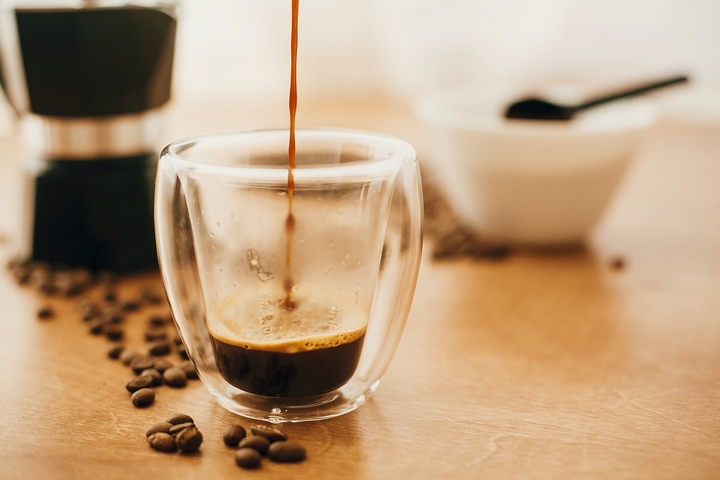
This coffee roasting technique involves passing beans near to or bringing them into contact with a heated surface. The idea is to keep the beans constantly moving to make sure they get roasted evenly. This is achieved by baking them in a rotating drum.
Technique #3: Conduction Roasting
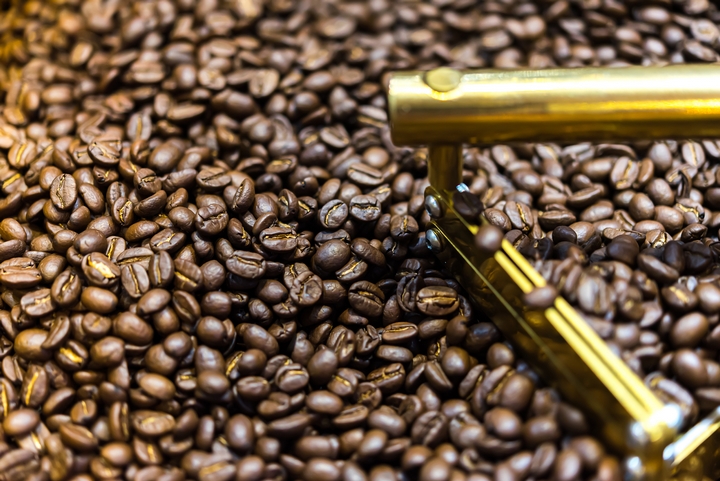
This roasting method involves bringing the beans into contact with a heated surface, for instance, a frying pan, using a roaster. This is among the oldest coffee roasting techniques, but nonetheless it’s considered a highly effective method of roasting coffee. However, it takes practice and attention to detail to understand precisely when to stop the heat.
Technique #4: Cooling the Beans
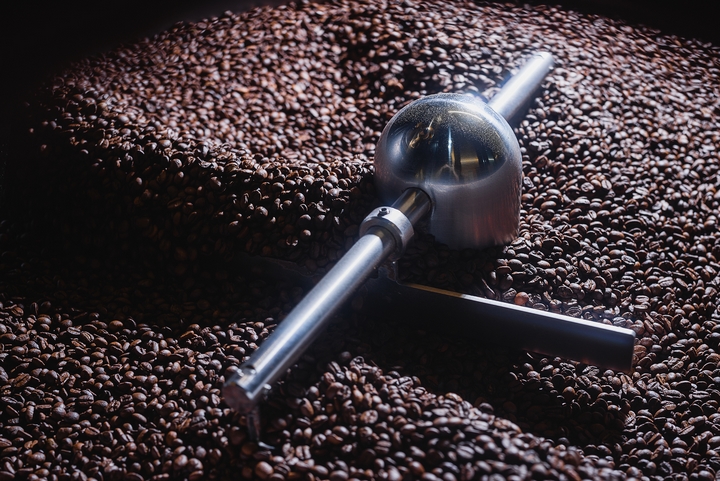
As the roasting continues, the beans shed off the outer skins. This leaves behind a shell referred to as the chaff. Once you have achieved the blends you want, let the beans cool rapidly by placing them in a freezer-chilled metal colander. Next, quickly agitate them until they are warm to your touch.
Technique #5: Removing the Chaff
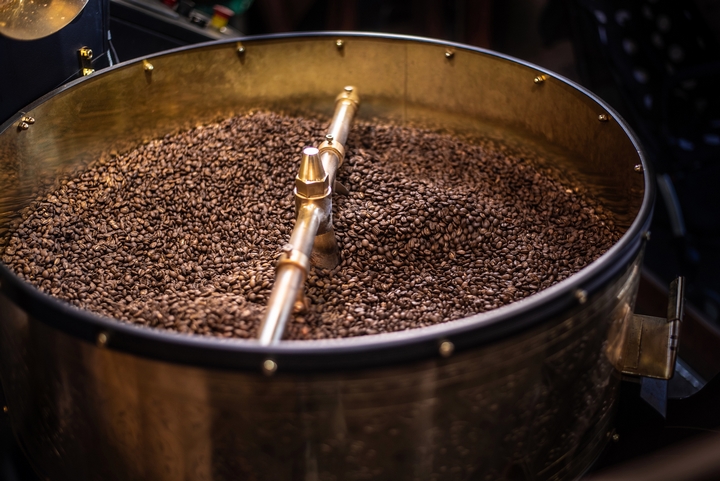
You will need two colanders to remove the chaff. Immediately after you’re done roasting, dump the hot coffee beans into the colander. Keep dumping the coffee beans from one colander to the other for a couple of minutes so the chaff can come off. Don’t worry if all the chaff doesn’t come off. A small amount of chaff won’t affect the taste of your coffee.
Technique #6: Let the Beans Rest
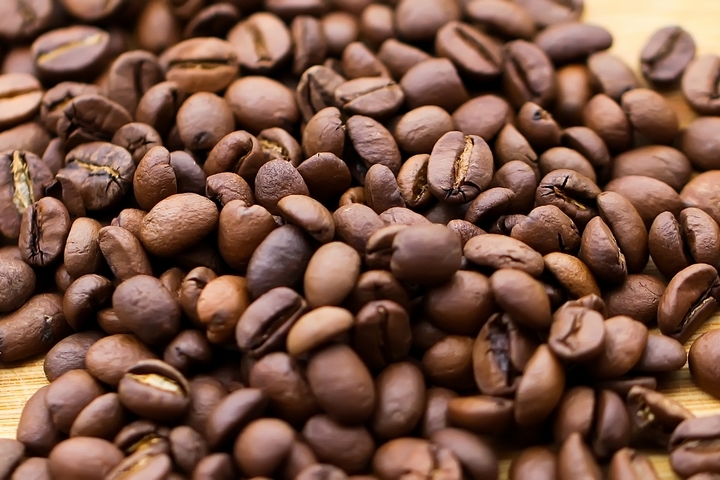
For best results, let the roasted beans rest for a day to allow the flavour to develop and guarantee a better taste. Avoid brewing coffee with freshly roasted beans since they emit carbon dioxide. At the very least, give them twelve hours before storing them in a sealed container.
Technique #7: Storing Roasted Beans
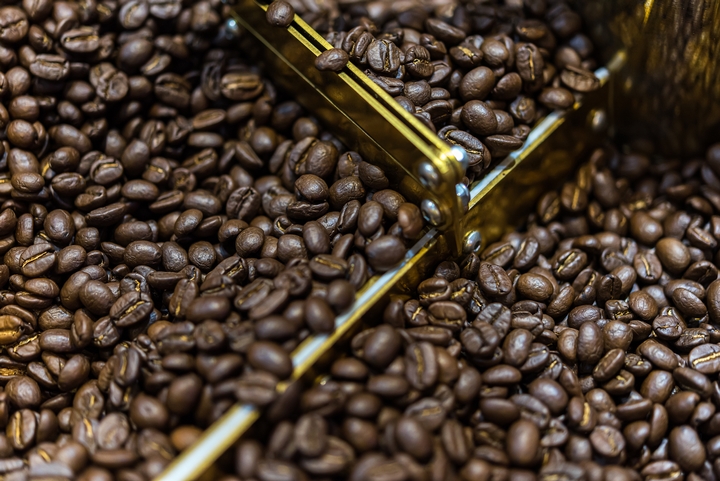
To maintain taste, store the roasted coffee beans appropriately. Note that some coffee beans shouldn’t be stored in a freezer. The key is to store your roasted beans in such a way that they don’t lose their taste. For instance, you could separate your coffee into small weekly portions. Keep the portion you’re using at room temperature and in an air-tight container. Store the remainder in a fridge or freezer.
The different coffee roasting techniques depend on the type of roast you want. The light roast takes the shortest time to prepare, but it also has the highest amount of caffeine. A medium roast takes more time than a light roast. It’s the most popular coffee roast. The dark roast is the strongest and boldest type of coffee roast. It also has the least caffeine since most of it is extracted within the six minutes it takes to prepare it.


